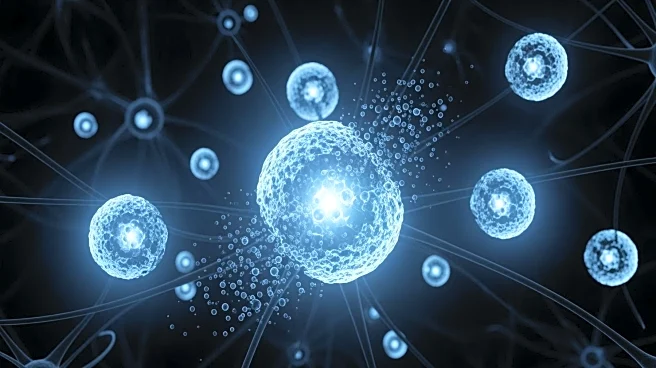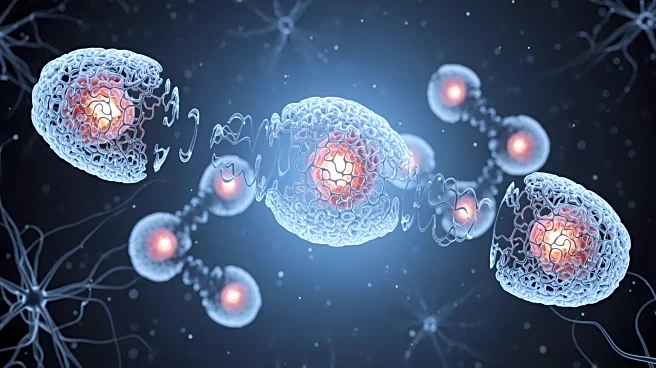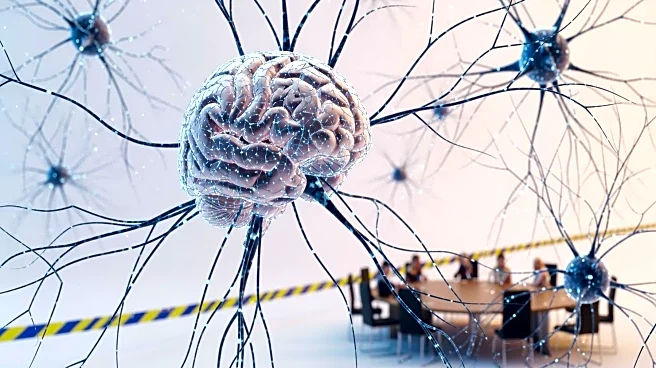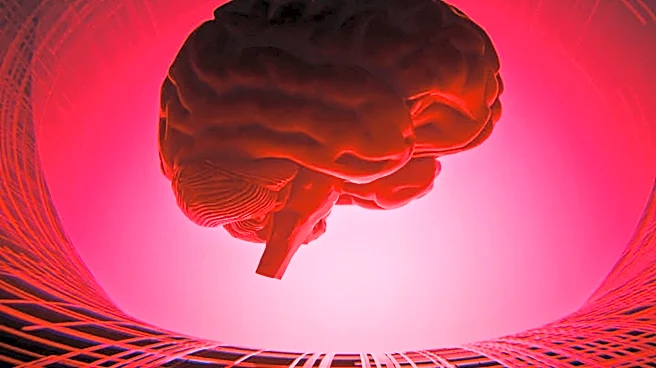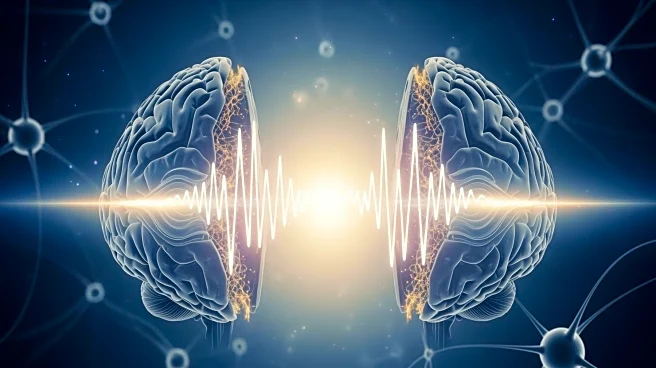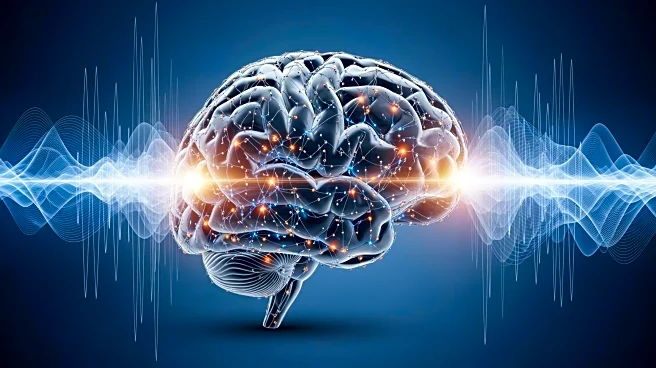What's Happening?
Researchers have found that surgically severing part of the brain can induce a deep sleep-like state in the disconnected region, even when the person is awake. This discovery was made during studies involving
children with severe epilepsy who underwent a hemispherotomy, a procedure that disconnects the part of the brain where seizures originate. The disconnected tissue remains in the skull with an intact blood supply. The study, published in PLoS Biology, involved examining electroencephalograms (EEGs) from ten children before and after the procedure. The findings revealed that the disconnected region exhibited slow rhythms similar to delta waves, akin to those seen during deep sleep, while the intact brain showed normal activity.
Why It's Important?
This research provides new insights into the nature of consciousness and unconsciousness in the brain. Understanding how disconnected brain regions behave can help in developing treatments for neurological conditions and improve surgical techniques for epilepsy. The findings also raise questions about the function of slow brain wave patterns in injured brain regions, suggesting they may play a protective role or aid in brain adaptation following injury. This could have implications for treating brain injuries and understanding brain recovery processes.
What's Next?
Further research is needed to explore the long-term effects of these slow wave patterns in disconnected brain regions and their potential protective roles. Scientists may investigate whether similar patterns occur in other types of brain injuries, such as strokes or traumatic brain injuries, and how they might be leveraged for therapeutic purposes. Additionally, the study opens avenues for exploring consciousness and unconsciousness states in the brain, which could lead to advancements in neuroscience and neurology.
Beyond the Headlines
The study challenges existing notions of consciousness by showing that disconnected brain regions can exhibit sleep-like activity even when the person is awake. This raises ethical and philosophical questions about the nature of consciousness and how it is defined. It also highlights the complexity of brain functions and the need for more nuanced approaches to studying brain states.
